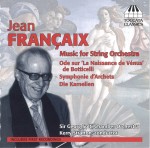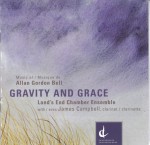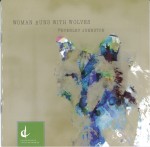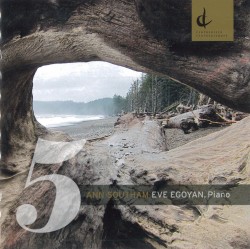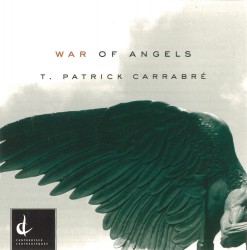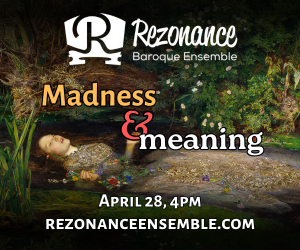Magnus Lindberg – EXPO
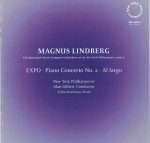 Magnus Lindberg – EXPO;
Magnus Lindberg – EXPO;
Piano Concerto No.2; Al largo
Yefim Bronfman; New York Philharmonic; Alan Gilbert
Dacapo 8.226076
Magnus Lindberg was the Marie-Josée Kravis composer-in-residence at the New York Philharmonic from 2009 to 2012 and this CD was recorded live with the New York Philharmonic under the leadership of music director Alan Gilbert. You couldn’t ask for a better orchestra or performances. The New York Philharmonic and Israeli/American pianist Yefim Bronfman are both incredible virtuosos who can play anything and make it sound effortless.
EXPO (2009) is a dynamic piece using contrasting fast and slow tempi. Friction is created when the pulse is calm and the quicker-paced music begins to agitate nervously, merging the various layers of flowing music in a kind of perpetuum mobile. This is a stunning opener for the CD and it is no surprise that EXPO has received numerous performances.
The Piano Concerto No.2 (2012), a veritable cornucopia of styles, begins with the solo piano in a slow, hesitating quasi-improvisatory cadenza which is most appealing. Except for a few more quiet moments the concerto continues in a classic dialogue between piano and orchestra in a menu of flashy pianistic tricks requiring a virtuoso technique and stamina from the soloist. Yefim Bronfman does not disappoint. He has the skill and energy to make scales, arpeggios and fast repeated notes sing and flow. Only chords could have been played with more voicing and colour. But this is a live recording and the excitement that was prevalent is intoxicating. There are many references to the Ravel piano concerti and I could hear Prokofiev, Stravinsky and Rachmaninoff as well. The movements are played without interruption but I would have liked a few more sections of repose and tranquility to break up the continual technical display. However, I applaud the work and performance. This should become a standard in piano concerto repertoire.
The Al largo (2010) is almost symphonic at about 24 minutes. The New York Philharmonic and Alan Gilbert showcase the horns in the opening fanfares with energy but also highlight the lyrical strings with their lush intensity. It is an extraordinary mix of fresh chamber music and Mahler-like symphonic grandeur. These are excellent performances from all the musicians and conductor.


